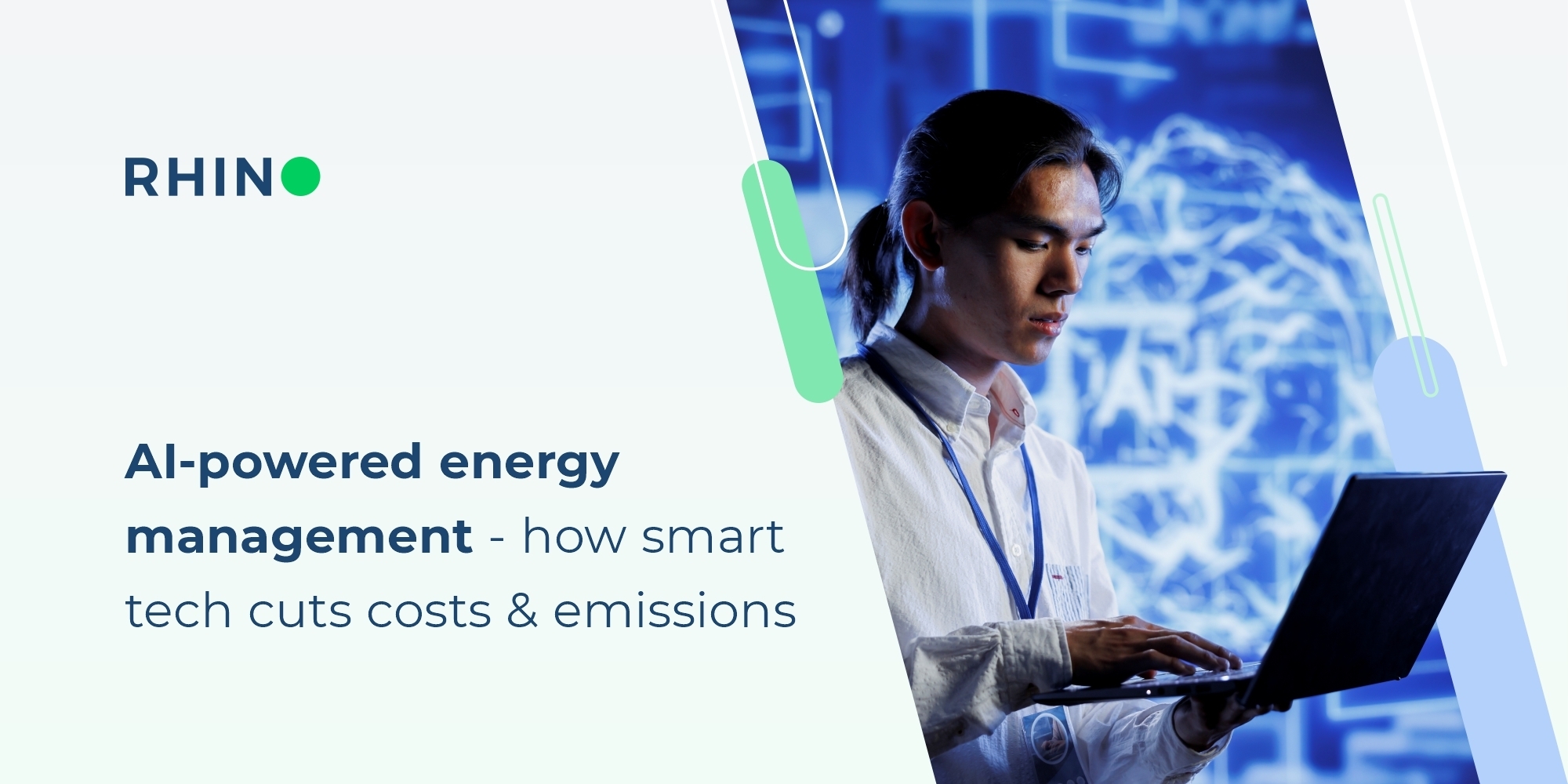
Real-Time Utility Data's Role in Service Charge Reconciliation & ESG

In the domain of commercial real estate, transparency serves as a cornerstone of effective stakeholder engagement. Accurate communication and robust data systems are pivotal in fostering trust among tenants, property managers, and investors. One area where this need for transparency becomes particularly salient is service charge reconciliation—a traditionally intricate and often contentious aspect of property management. However, integrating sophisticated real-time utility data can streamline this process while simultaneously advancing Environmental, Social, and Governance (ESG) objectives.
Streamlining Reconciliation with Automated Data
The deployment of real-time utility data platforms, such as those offered by Rhino, affords ESG Directors the ability to significantly enhance the reconciliation process by providing both tenants and property owners with access to precise, automated datasets. This digital transformation not only mitigates potential disputes and administrative delays but also enhances the sustainability profile of an entire asset portfolio.
Creating a Transparent Management Framework
By embedding real-time utility data into operational processes, stakeholders such as property managers, tenants, and ESG Directors can leverage data-driven insights to create a more transparent and equitable management framework.
Accurate utility data is crucial for the equitable and transparent allocation of energy, water, and gas costs among tenants.
Challenges of Traditional Billing
Historically, reliance on delayed or estimated billing has been fraught with inefficiencies, often leading to disputes, opacity, and a general erosion of trust among stakeholders.
Addressing Inefficiencies with Real-Time Monitoring
The adoption of real-time utility monitoring addresses these inefficiencies by providing ESG Directors with timely and precise data that can be easily disseminated among tenants. This increased transparency not only minimizes the likelihood of billing disputes but also reinforces a culture of accountability and cooperation by ensuring that all parties have access to the same data, promoting open communication, and fostering a shared responsibility for resource management.
Cultivating Environmental Awareness
Beyond financial reconciliation, the integration of real-time utility data serves as a crucial mechanism for aligning tenant behavior with broader sustainability objectives. By providing tenants with immediate visibility into their individual consumption patterns, ESG Directors can cultivate a heightened awareness of environmental impact among occupants.
Incentivizing Consumption Reduction
This visibility fosters a proactive culture where tenants are incentivized to reduce consumption, thereby contributing to collective efficiency gains across the building. Such an approach generates significant advantages, benefiting both sustainability metrics and the financial performance of the property—a mutually reinforcing outcome for ESG enhancement.
Meeting Regulatory and Investor Demands
Real-time utility data plays an instrumental role in facilitating compliance and meeting increasingly stringent regulatory and investor demands. Investors and regulatory bodies are progressively requiring granular insights into energy usage and the sustainability initiatives undertaken by real estate portfolios.
Automating Data Collection for Reporting
By centralizing and automating the collection of utility data, ESG Directors are better equipped to compile accurate, comprehensive reports that reflect sustainability progress. This automation not only showcases portfolio-level achievements but also supports the fulfillment of rigorous ESG targets and reporting obligations.
Conclusion: Turning Reconciliation into Opportunity
The integration of real-time utility data into the service charge reconciliation process yields multifaceted advantages:
- Enhanced transparency
- Reduced disputes
- Greater tenant engagement
- Overall improvement in ESG performance
The reconciliation process should not be perceived merely as an administrative requirement. Instead, it represents a strategic opportunity to drive substantial sustainability outcomes and contribute to the long-term value of commercial real estate assets.


